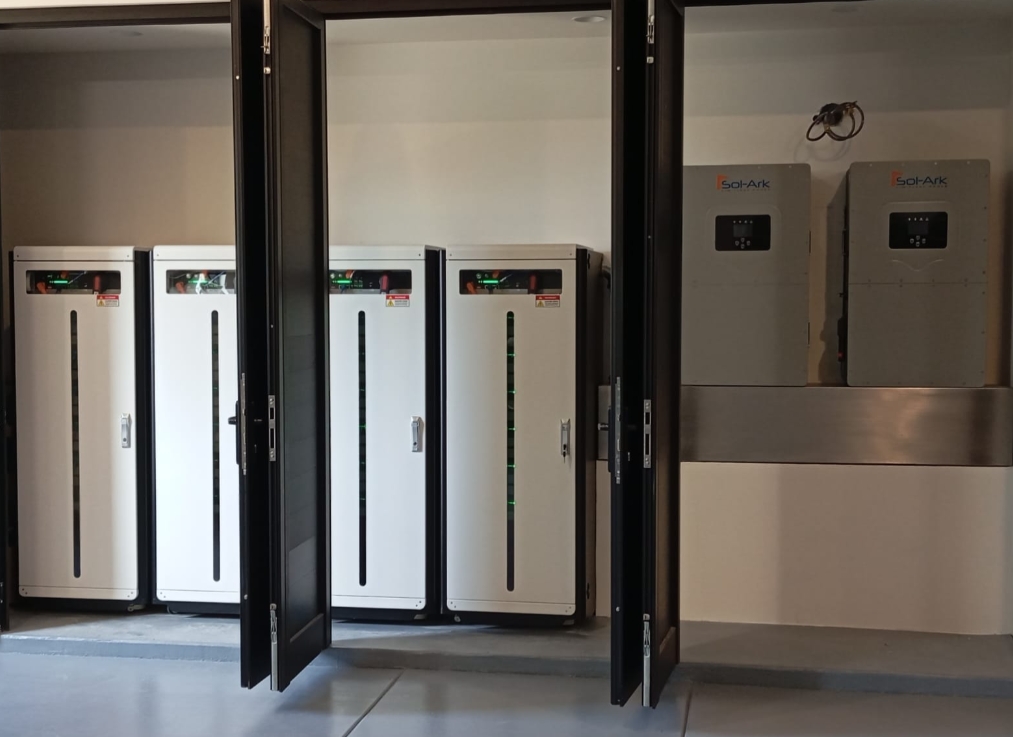Andesite porphyry is a fascinating volcanic rock that plays a significant role in understanding the geological processes of the Earth. Its unique mineral composition not only provides insights into the conditions under which it formed but also has practical implications in various industries, including construction, mining, and environmental science. In this article, we will delve into the intricate mineralogy of andesite porphyry, exploring its primary constituents, their formation processes, and their applications.
Understanding Andesite Porphyry
Andesite porphyry is characterized by its porphyritic texture, which features larger crystals (phenocrysts) embedded in a finer-grained matrix. This texture indicates a complex cooling history, where magma ascends to the surface, cools slowly at depth, and then erupts, cooling rapidly. The mineral composition of andesite porphyry is primarily influenced by its parent magma, which is typically intermediate in composition, falling between basalt and rhyolite on the volcanic rock spectrum.
Key Minerals in Andesite Porphyry
- Plagioclase Feldspar:
Plagioclase is the most abundant mineral found in andesite porphyry, often comprising 50-70% of the rock. It typically occurs as large, well-formed crystals that can be identified by their characteristic twinning and cleavage. The presence of plagioclase indicates the cooling history of the magma, as it crystallizes at higher temperatures compared to other minerals. - Biotite and Hornblende:
These are the primary ferromagnesian minerals found in andesite porphyry. Biotite, a black mica, contributes to the rock's dark coloration and is often found in smaller quantities compared to hornblende, which is a common amphibole mineral. Both minerals provide insights into the temperature and pressure conditions during the crystallization of the magma. - Quartz:
While not as abundant as plagioclase, quartz can still be present in andesite porphyry, typically forming in smaller amounts. The presence of quartz suggests a more evolved magma composition, indicating that the magma underwent significant differentiation processes. - Accessory Minerals:
Andesite porphyry may also contain a variety of accessory minerals, including zircon, apatite, and magnetite. These minerals, although present in smaller quantities, can provide valuable information regarding the geochemical environment of the magma and the conditions of crystallization.
Formation Processes and Implications
The formation of andesite porphyry is a complex interplay of various geological processes. The initial magma generation occurs in subduction zones, where oceanic plates descend into the mantle, leading to partial melting of the mantle wedge. As this magma rises, it undergoes differentiation, leading to the crystallization of minerals like plagioclase and biotite.
The cooling history of andesite porphyry is crucial for understanding its mineral composition. The slow cooling at depth allows for the growth of larger phenocrysts, while the rapid cooling upon eruption results in a fine-grained matrix. This dual cooling history is essential for the rock's porphyritic texture and mineralogical diversity.
Practical Applications of Andesite Porphyry
The mineral composition of andesite porphyry has significant implications in various fields:
- Construction: Due to its durability and aesthetic appeal, andesite porphyry is often used as a decorative stone in landscaping and architectural applications. Its resistance to weathering makes it suitable for outdoor use.
- Mining: The presence of valuable minerals within andesite porphyry can indicate potential mining opportunities. Understanding the mineralogy can help in the exploration and extraction of metals such as copper and gold.
- Environmental Science: The study of andesite porphyry can provide insights into volcanic activity and its impact on the environment. By analyzing the mineral composition, scientists can better understand past volcanic eruptions and their effects on climate and ecosystems.
Conclusion
Andesite porphyry is more than just a volcanic rock; it is a window into the geological processes that shape our planet. Its mineral composition, primarily consisting of plagioclase, biotite, hornblende, and quartz, reflects the complex history of magma formation and evolution. Understanding these minerals not only enhances our geological knowledge but also opens up practical applications across various industries. As we continue to study and explore andesite porphyry, we uncover the intricate relationships between geology, mineralogy, and human activity.

Average Rating